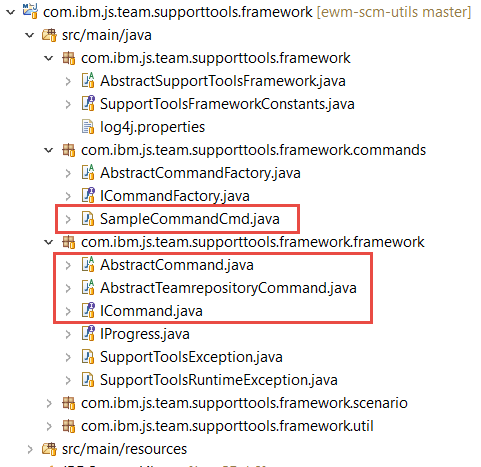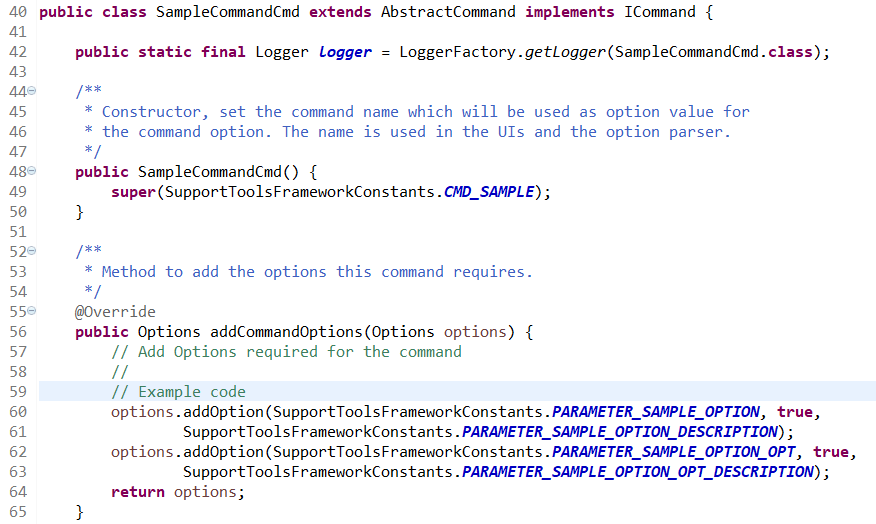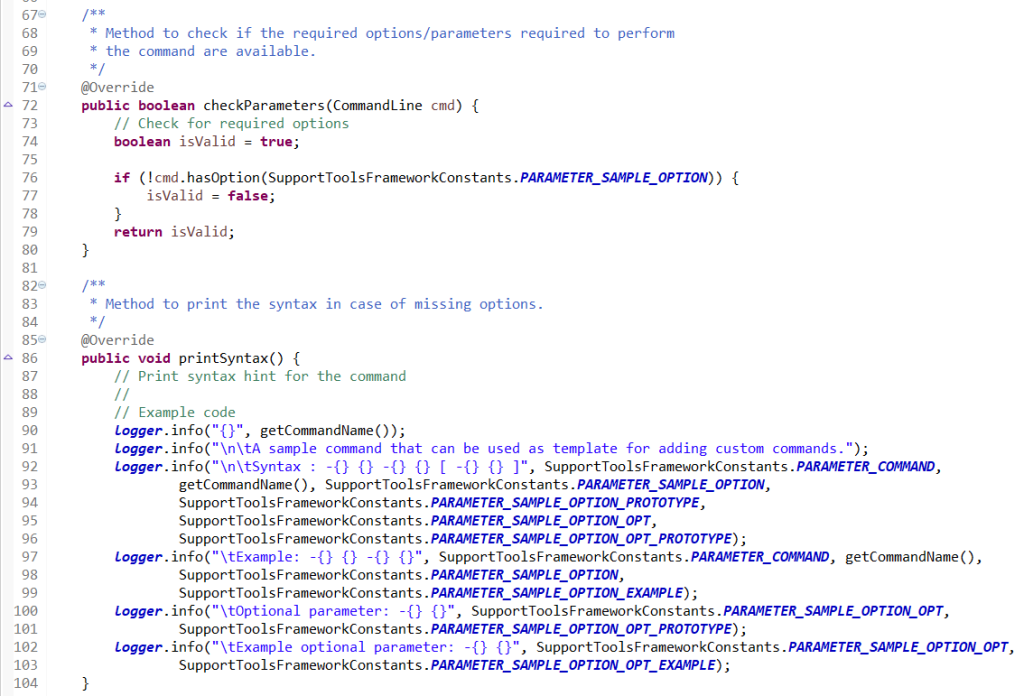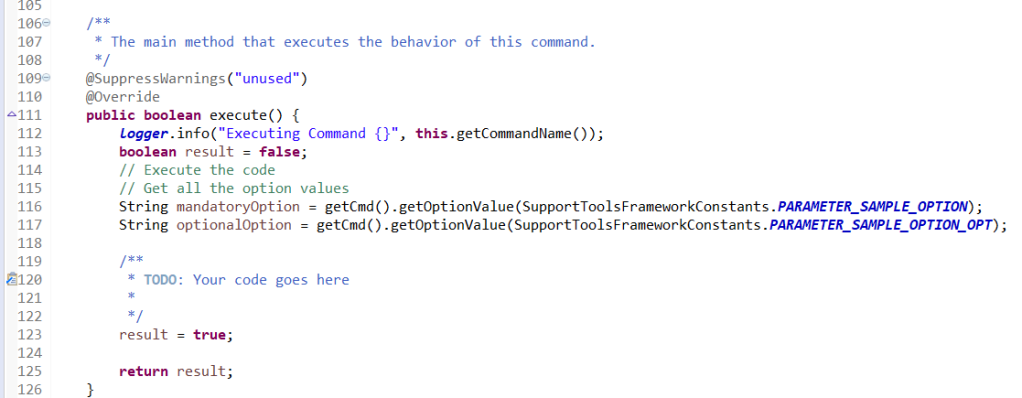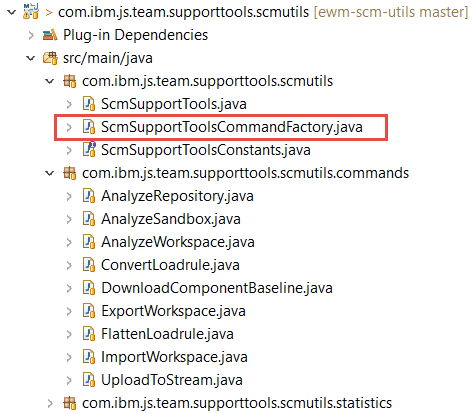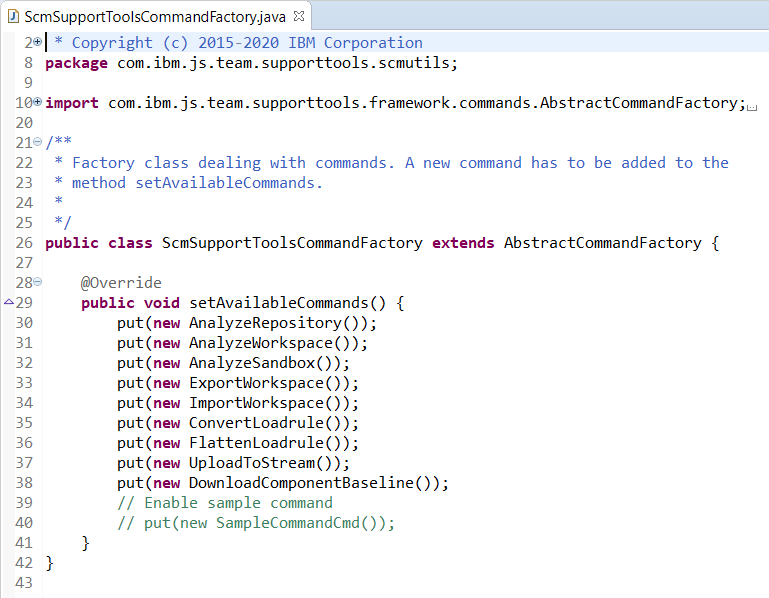

Adding custom commands to the SCMUtils
source link: https://rsjazz.wordpress.com/2020/12/14/adding-custom-commands-to-the-scmutils/
Go to the source link to view the article. You can view the picture content, updated content and better typesetting reading experience. If the link is broken, please click the button below to view the snapshot at that time.
Adding custom commands to the SCMUtils
The SCMUtils is based on a framework that I developed over time. The framework provides easy to reuse mechanisms to create custom commands that handle most of the essential requirements automatically. It handles calling a command based on a name string, the parameters the command needs and optional parameters. The command can define its own help content that is printed when either the command was called with missing parameters or if the command name is not supported. This blog post explains the steps needed.
What are the SCMUtils?
Please see SCM Utils – SCM data secure sharing, statistics and more for what they are and how to get them.
Enhancing the tool with own commands
It is easy to implement your own commands. The framework project provides abstract classes that can be used to implement own commands.
The framework allows easy implementation of new custom commands.The class SampleCommandCmd is a simple example that can be used as a starting point. It implements all the basic capabilities that are needed.
The class AbstractCommand can be extended to a simple command that can execute your own code.
The class AbstractTeamrepositoryCommand is an abstract class that can be used to implement custom commands that interact with a Jazz application. It manages the parameter and behavior required for connecting to a Jazz server. In addition it automatically implements scenario logging. It can be extended to implement commands that work against a Jazz server.
It is not necessary to use one of the classes above. It is only required to implement the interface ICommand.
Tips and tricks for implementing custom commands
The framework comes with a sample command, that you can look to understand how the implementation works. If you want to create your own command, you should not do that in the project com.ibm.js.team.supporttools.framework. You should add it in a project area that refers to the com.ibm.js.team.supporttools.framework project. E.g. you can add the command in the project com.ibm.js.team.supporttools.scmutils.
Open the command /com.ibm.js.team.supporttools.framework.SampleCommandCmd and study the class.
Sample class part 1The class SampleCommandCmd extends AbstractCommand, so it does not inherit logging into a jazz server. It also implements ICommand (which it inherits from AbstractCommand).
The next part is to define a logger. The framework uses Simple Logging Facade for Java (SLF4J) to provide logging. The log file will be written to disc. Use the logger to add custom logging.
The command must implement the default constructor and pass the command id to the framework. The super class implements this, so the command name is passed to the super class.
In addCommandOptions(), the class adds additional options (parameters). The first parameter in addOption() is the option/parameter name, the second defines if the option requires a value. The third parameter is the description of the option.
Sample class part 2The command has to make sure it gets the options it needs. This is checked in the next step. The method checkParameters() is used to do just this. Test if the required options are available.
The method printSyntax() is called if there is some kind of issue with calling the SCMUtils. Implement your documentation here. The logger by default prints log level info.
Sample class part 3The entry point for the custom code is the execute() method. This usually gets all the mandatory options and their values. The method getCmd().getOptionValue() is used to get the parameter or option value if the option has a value. The method getCmd().hasOption() is usually if the option does not have a value and is more like a flag.
Then it usually executes the payload code that does whatever the command is supposed to do. The return value should be true if the command succeeded and false otherwise.
Adding the custom command to the CommandFactory
After implementing a new command, it has to be added to the ScmSupportToolsFactory in the project com.ibm.js.team.supporttools.scmutils to make it available to be called..
The command factoryThis is where the command needs to be added. See the available commands.
Add a commandRemove the comments before the put(new SampleCommandCmd()), to enable the sample command. You would add a put for your own command here. The SampleCommand is a good learning execise if you want to learn debugging.
Summary
It is really simple to add new commands, there is a set of commands already available, copy one of those if it looks similar to what you want to do.
Like always, I hope this helps someone out there.
Recommend
About Joyk
Aggregate valuable and interesting links.
Joyk means Joy of geeK
